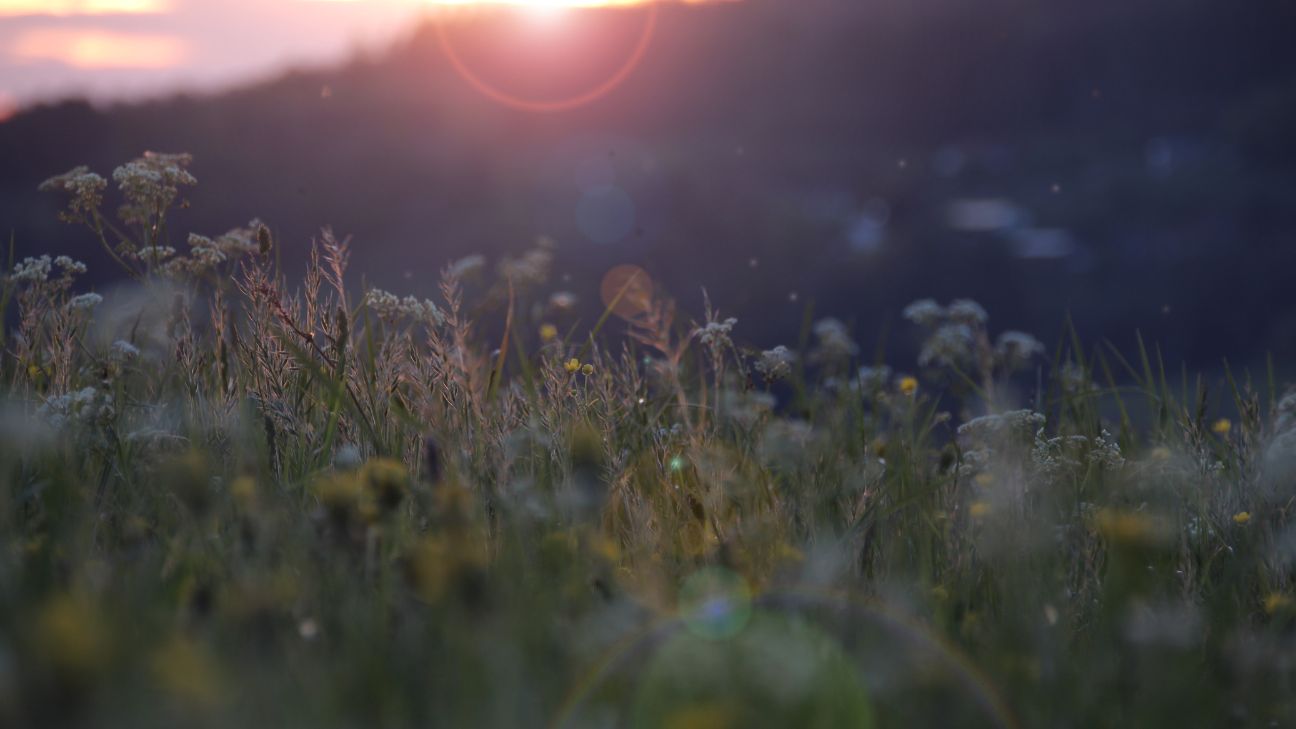How to Use Meadowscaping
Tips on Planting and Maintaining Your New Meadowscape
Starting any garden can be challenging, especially if you’re making the leap from turf lawn to a flower landscape ideas, or meadowscape. While meadow gardens are easier to maintain in the long run, they are a bit different from your typical lawn. Here are some tips on planting and maintaining your meadowscape, so you can set yourself up for success.
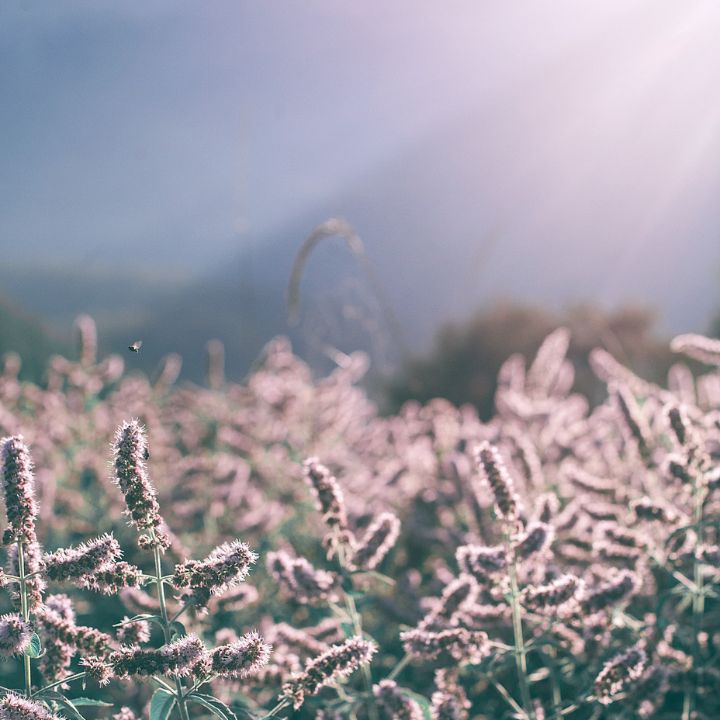
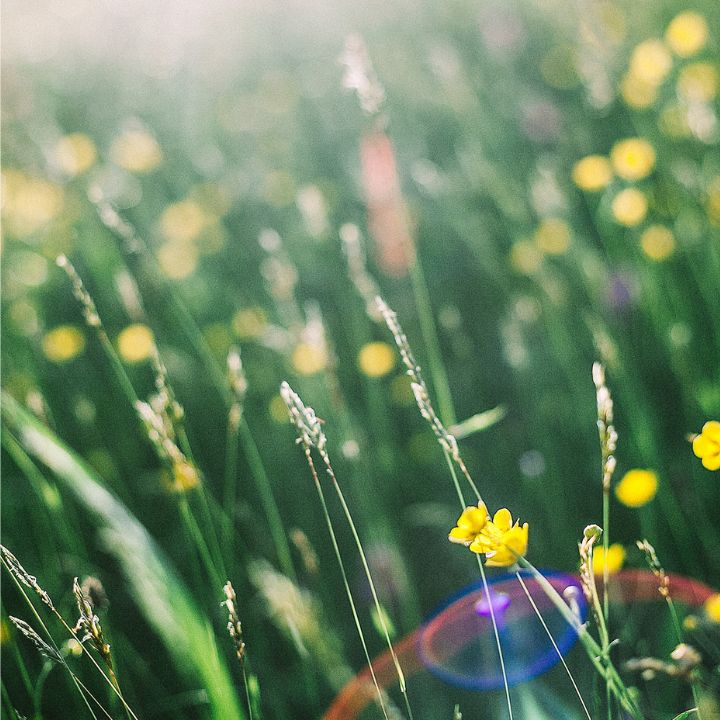
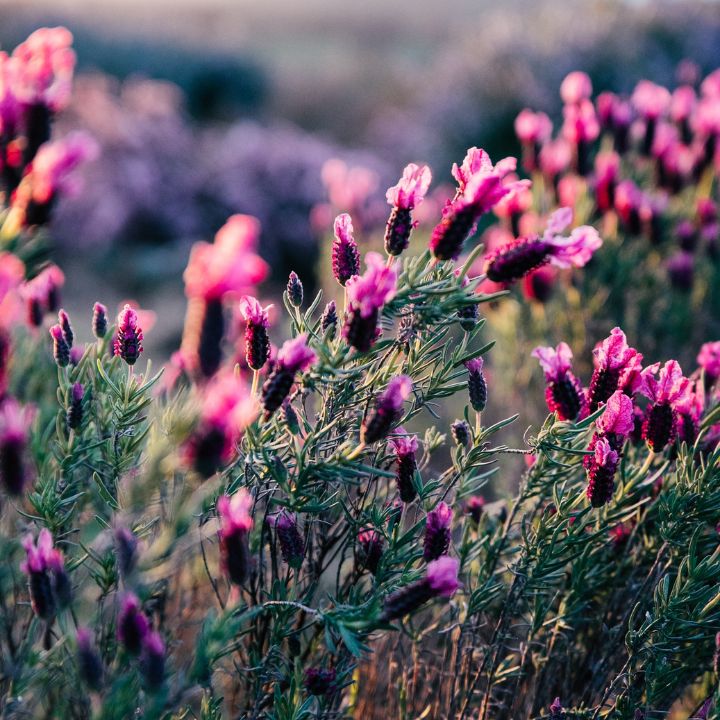
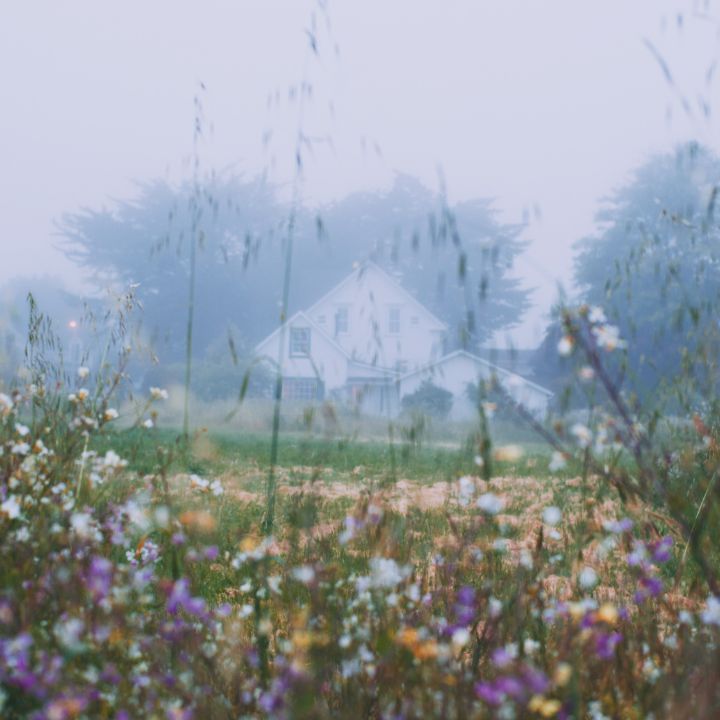
Planting Tips for Your Flower Landscape Ideas
Soil
If you plan to analyze the nutrient content of you soil, consider testing a second sample taken from an area where you know wildflowers grow successfully. You can then compare the two and make amendments to your soil if necessary.
Shrubs
If planting shrubs, plant them first so you don’t disturb the more delicate bulb, plug, or seed plantings. Work from the outside in to prevent disturbing the plantings too much.
Watering Tools
Consider using a telescoping watering wand to reach everything without walking on your newly planted meadowscape.
Plan Your Design
Space plantings to their mature width. This way, the plants won’t crowd each other and compete for sunlight. You can even allow extra space for seeding annual wildflowers, or concentrate them for focal points, so long as you give them room to grow.
Visual Creativity
When planting the same or similar plants together, odd numbers are best. Groupings of 3 or 5 tend to have the most visual impact. This isn’t a hard and fast rule, though! Don’t be afraid to use your creativity. If you experiment and aren’t crazy about the results, just change it!
Seeding Tools
To have more control and to sow seeds evenly, consider using a seed dispenser. You can also mix with seeds with horticultural sand before spreading. This will prevent too many seeds taking hold in one spot, and it will give you more control over the final result.
Create Atmosphere
Don’t be afraid to add accents for more visual appeal. Garden statues, birdbaths, and benches can add a lot to your garden. Besides attracting wildlife and adding decorative touches, these touches can make the garden more inviting, transforming it into an outdoor living space. When planning out your new garden, consider leaving a patch of turf or creating a patio for a small table and couple of chairs.
Maintaining Your Flower Landscape Ideas
Mapping
Map out your plantings. This is a great way to keep track of what thrives and what struggles in your new meadow garden. There are a couple of ways to do this. You can draw and label a map or use plant labels in the garden itself.
Winterize Meadowscape
In late fall, mow your meadow garden down to 4 to 6 inches. If you want to promote reseeding, make sure to wait until after your wildflowers have gone to seed. Alternately, consider leaving your meadow plants intact for the dormant season, waiting to prune in the late winter or early spring. This will provide shelter to beneficial insects and seed for birds.
Weeding
Pull all weeds before they go to seed in the fall. Weeds are easier to remove when the soil is damp. Water your meadowscape lightly and pull all of the weeds you can find.
Watering
Check the moisture conditions in your garden. While meadow plants are relatively low maintenance, a prolonged drought might kill them. Spot water bulbs and plugs and lightly water seedlings if your area is experiencing a long dry spell.
Thin Out Aggressors
Some wildflowers spread aggressively, and you might consider thinning them out so they don’t crowd your other plantings. Alternately, you can dedicate a large patch of your garden to the spreaders.
Get Creative
Embrace your crafty side by drying or pressing your wildflowers! Once the blooming season is coming to an end, cut any remaining flowers and save them. There are press kits that you can use for flowers or leaves, and reusable drying crystals that are very easy to use.

